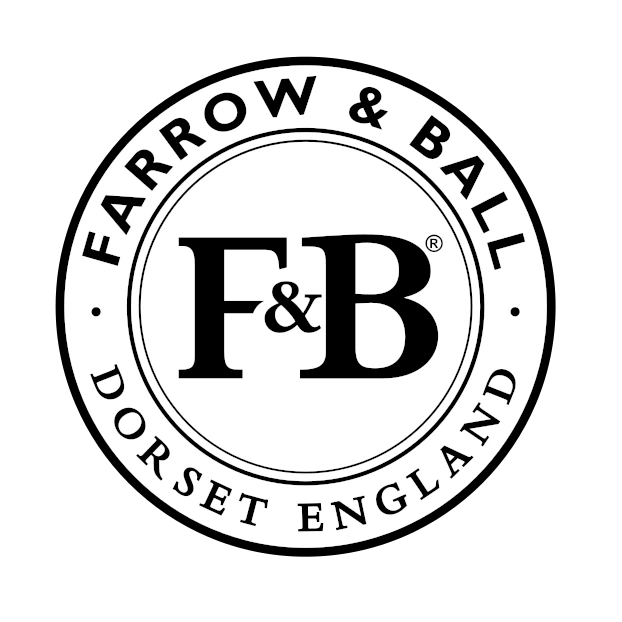Benjamin Moore Powder Sand / 2151-70 / OC-113
| Official page: | Powder Sand OC-113 |
| Code: | OC-113 |
| Name: | Powder Sand |
| Brand: | Benjamin Moore |
What color is Benjamin Moore Powder Sand?
Benjamin Moore's OC-113 Powder Sand is a soothing neutral hue that brings warmth and tranquility to any space. This soft sandy shade has a subtle hint of beige, creating a versatile backdrop for various design styles. Pair Powder Sand with cool tones like HC-170 Stonington Gray or HC-45 Shaker Beige for a harmonious color palette. To add a pop of contrast, consider accents in a deep blue such as HC-154 Hale Navy or a soft blush like 2093-70 Pink Beach. Embrace the timeless elegance of Powder Sand and elevate your interior with its understated beauty.
Try before you buy
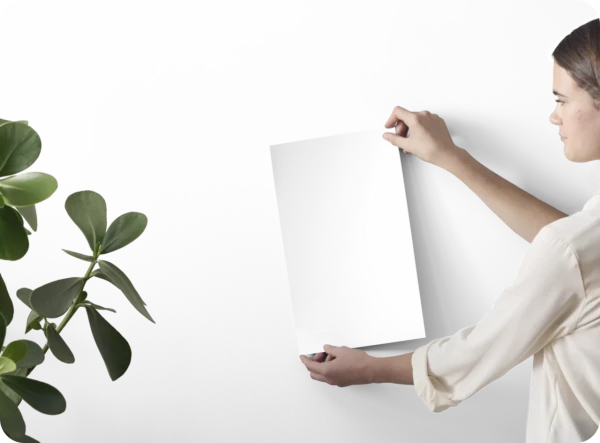

100% accurate
reusable paint samples

Peel, stick,
and repeat

Twice painted
with real paint

Next day
delivery
What are Benjamin Moore Powder Sand undertones?
Powder Sand has a clear yellow undertone based on its position in the color space. We identify undertones by isolating the pure hue (separating it from lightness and saturation), which avoids distortions caused by tints, tones, and shades.
This method is generally more reliable than judging undertones on a white background.
HEX value:
#F5F2E1
RGB code:
245, 242, 225
Is Benjamin Moore Powder Sand OC-113 cool or warm?

At 51° on the HSL hue wheel, this Grey sits firmly on the warm side.
OC-113 Powder Sand HSL code: 51, 50%, 92%
Hue - degree on a color wheel from 0 to 360. 0 is red, 120 is green, and 240 is blue.
Saturation is expressed as a percentage. At 0%, it appears as a shade of grey, and at 100%, it is in full color.
Lightness is also a percentage value. 0% is black, and 100% is white.
How light temperature affects Powder Sand
Natural Lighting. During the day, natural light shifts from about 2000 K at sunrise/sunset to 5500–6500 K at noon.
In addition, natural‑light temperature depends on its direction:
| Direction of sunlight | Visible temp. | Hue | Duration |
|---|---|---|---|
| North | Cool | Bluish | All day |
| East | Warm | Yellow | Before noon |
| West | Warm | Orange‑red | After noon |
| South | Warm | Orange‑yellow | All day |
Artificial Lighting. When choosing bulbs, pay attention to their color‑temperature (Kelvins).
Use the slider to see how this Grey shade looks under different lighting:
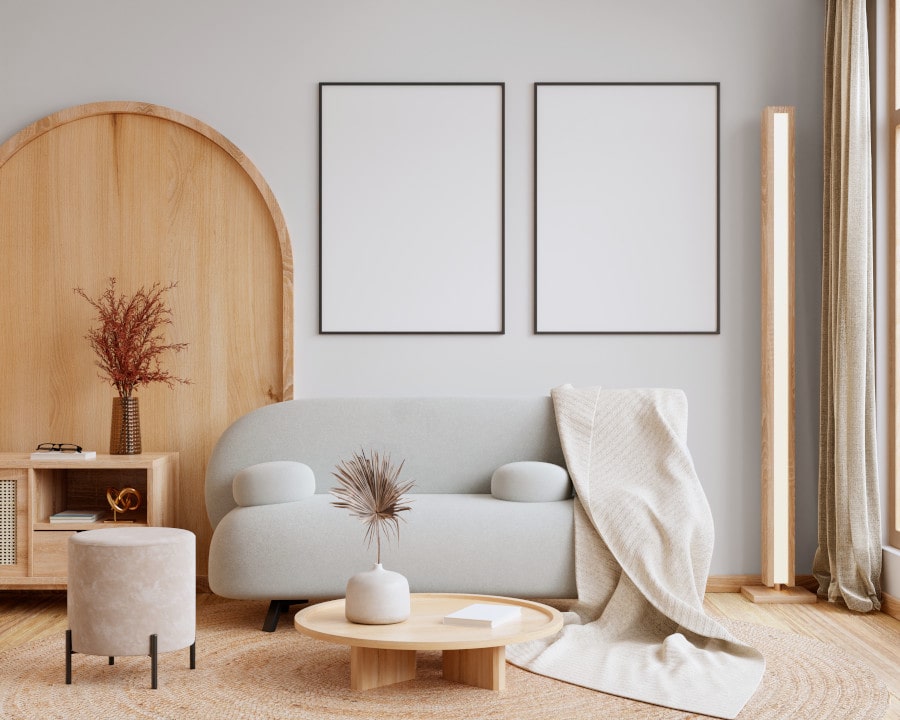
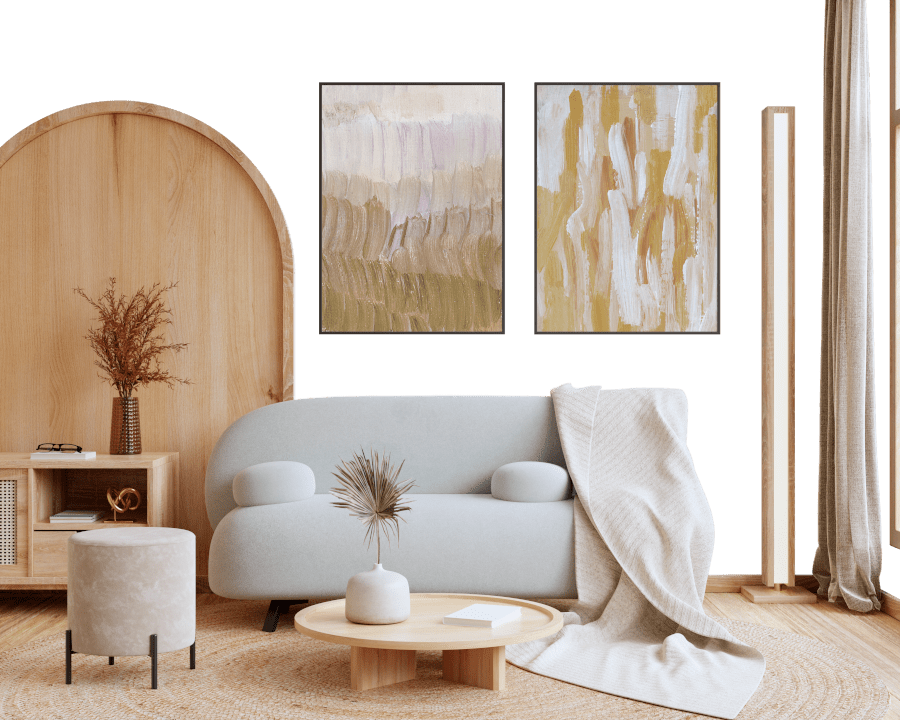
4000K
Coordinating colors.
Colors that go with Benjamin Moore Powder Sand:
Monochromatic color scheme

This scheme consists of various shades, tints, and tones of a single color. While it offers a perfect combination of hues, without accent décor it may become monotonous.
Lighter shades
OC-113
Powder Sand
Darker shades
Complementary color scheme

This color scheme is a combination of two shades that are opposite each other on the color wheel. The high contrast between these colors creates a vibrant and dynamic visual effect. For the color Powder Sand with a orange hue, complementary colors are those with a blue hue close to 231, such as Benjamin Moore Approaching Storm and Evening Dove.
LRV of Powder Sand
Powder Sand has an LRV of 86.55% and refers to White colors that reflect almost all light. Why LRV is important?

Light Reflectance Value measures the amount of visible and usable light that reflects from a painted surface.
Simply put, the higher the LRV of a paint color, the brighter the room you will get.
The scale goes from 0% (absolute black, absorbing all light) to 100% (pure white, reflecting all light).
Act like a pro: When choosing paint with an LRV of 86.55%, pay attention to your bulbs' brightness. Light brightness is measured in lumens. The lower the paint's LRV, the higher lumen level you need. Every square foot of room needs at least 40 lumens. That means for a 200 ft2 living room you’ll need about 8000 lumens of light – e.g., eight 1000 lm bulbs.
Color codes
We have collected almost every possible color code you could ever need. To copy the code, just click the icon to the right of it.
| Format | Code | |
|---|---|---|
| HEX | #F5F2E1 | |
| RGB Decimal | 245, 242, 225 | |
| RGB Percent | 96.08%, 94.90%, 88.24% | |
| HSV | Hue: 51° Saturation: 8.16% Value: 96.08% | |
| HSL | hsl(51, 50, 92) | |
| CMYK | Cyan: 0.0 Magenta: 1.22 Yellow: 8.16 Key: 3.92 | |
| YIQ | Y: 240.959 I: 7.251 Q: -4.656 | |
| XYZ | X: 82.996 Y: 88.354 Z: 83.895 | |
| CIE Lab | L:95.31 a:-1.876 b:8.56 | |
| CIE Luv | L:95.31 u:2.667 v:13.249 | |
| Decimal | 16118497 | |
| Hunter Lab | 93.997, -6.884, 12.879 |
Color equivalents
M310-1
Tibetan Jasmine
Behr
OC-126
Easter Lily
Benjamin Moore
OC-127
White Chocolate
Benjamin Moore
GR-W01
White Wool
Behr
M340-1
Cauliflower
Behr
OC-38
Acadia White
Benjamin Moore
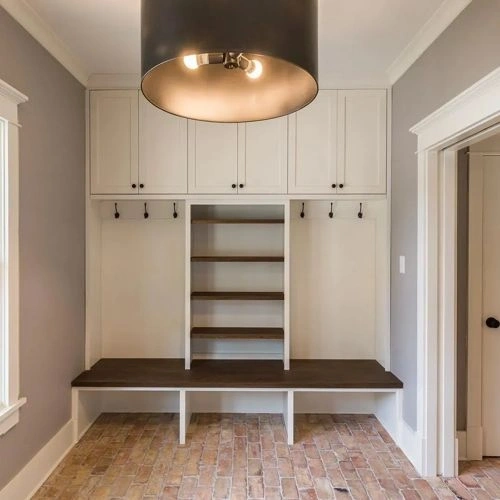
OC-39
Timid White
Benjamin Moore

OC-85
Mayonnaise
Benjamin Moore
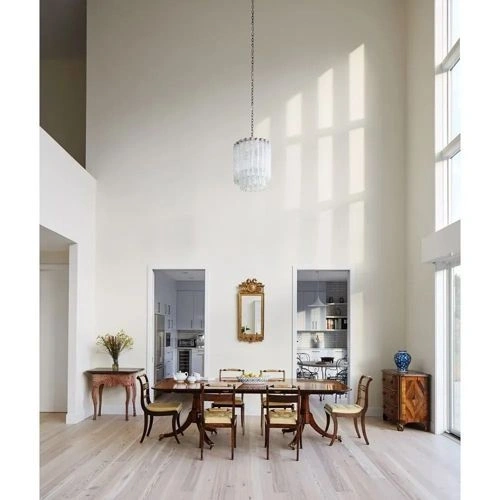
GR-W02
Atrium White
Behr
CSP-305
Crisp Linen
Benjamin Moore
OC-133
Ancient Ivory
Benjamin Moore
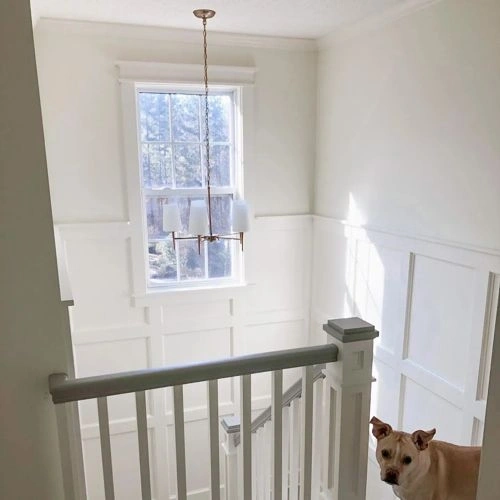
OC-124
Alpine White
Benjamin Moore
YL-W09
Spun Cotton
Behr
AF-20
Mascarpone
Benjamin Moore
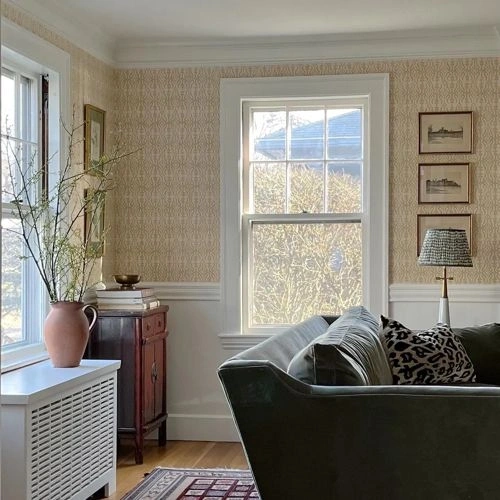
GR-W04
Precious Dewdrop
Behr
OC-128
Minced Onion
Benjamin Moore
CSP-1025
Ice Milk
Benjamin Moore
SW 9666
Barely Pear
Sherwin Williams
GR-W14
Coconut Twist
Behr
CW-10
Capitol White
Benjamin Moore



